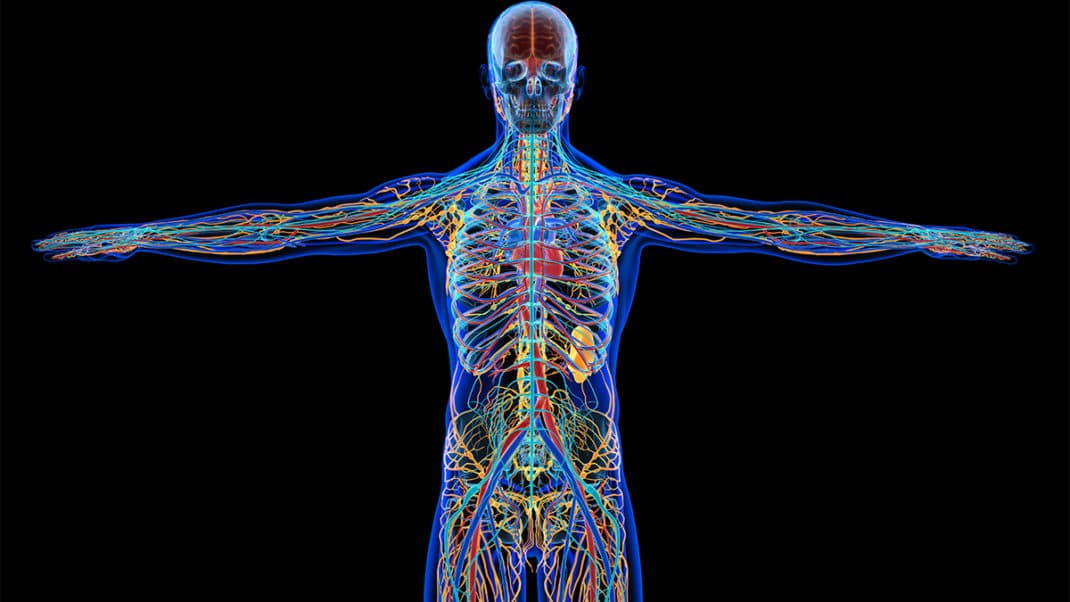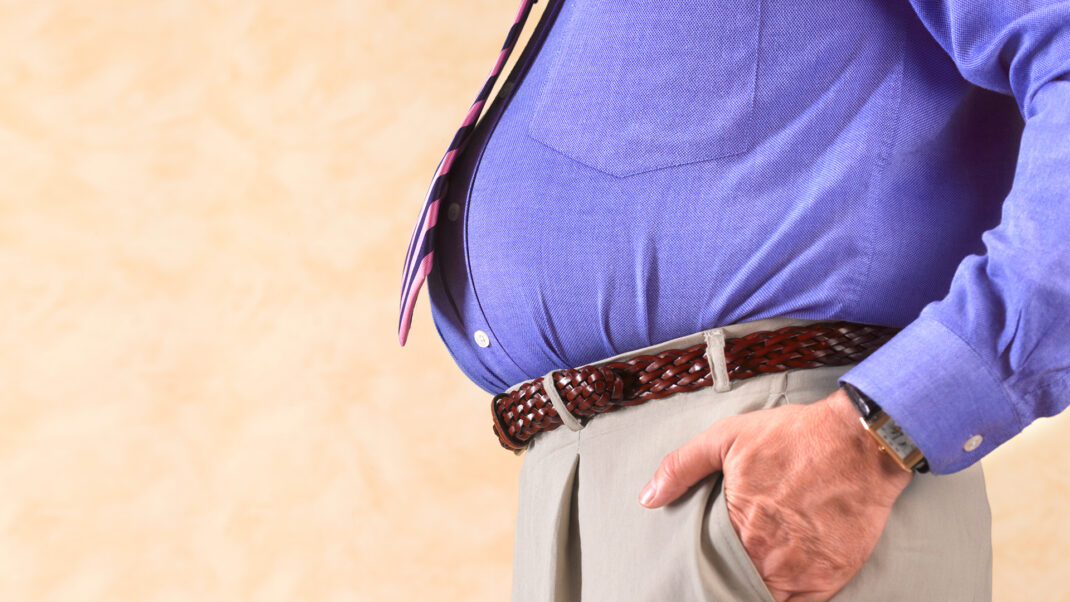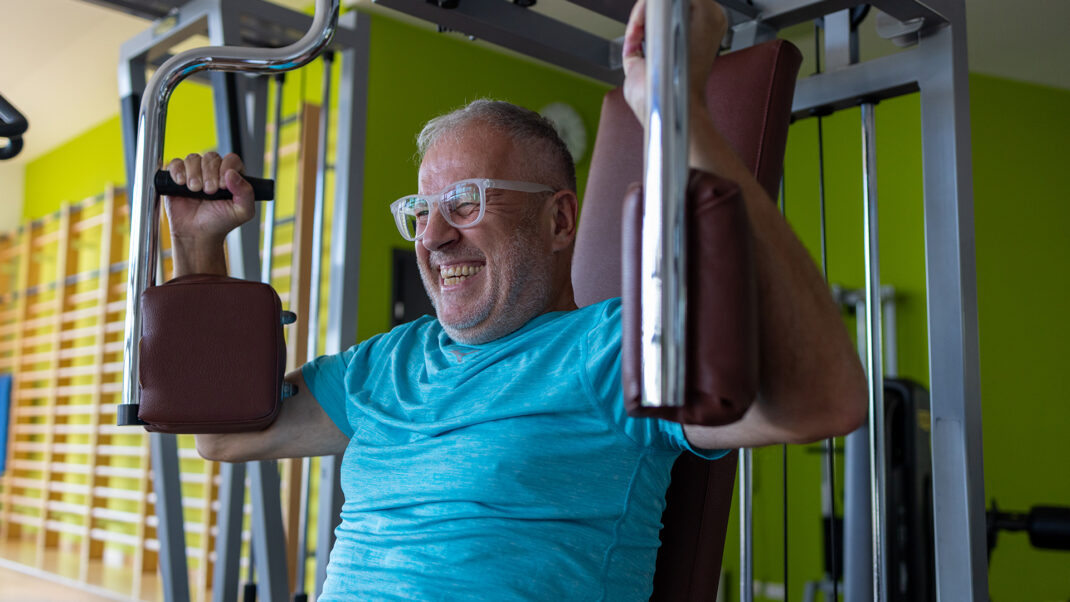The Human Heart and Its Cardiac Cycle
The cardiac cycle describes three phases of a single heartbeat:
- Phase 1 (diastolic). Ventricular filling occurs during the diastolic phase. Blood moves passively (70%) (as the tricuspid and mitral valves open) and by atrial contraction (30%) from the atria into the right and left ventricles.
- Phase 2 (systolic). For a brief instant, the heart closes all of its valves and begins to create a forceful contraction (called an isovolumetric contraction). This is followed immediately by systolic ejection of blood through the aorta and pulmonary semilunar valves into the systemic (entire body except lungs) and pulmonary (lungs) arteries.
- Phase 3. For only a brief moment, the heart closes all valves and goes into relaxation (called isovolumetric relaxation). It then repeats the cardiac cycle beginning at Phase 1.
To view the full article which ran in the February 2013 issue of IDEA Fitness Journal click here.
Len Kravitz, PhD
Len Kravitz, PhD is a professor and program coordinator of exercise science at the University of New Mexico where he recently received the Presidential Award of Distinction and the Outstanding Teacher of the Year award. In addition to being a 2016 inductee into the National Fitness Hall of Fame, Dr. Kravitz was awarded the Fitness Educator of the Year by the American Council on Exercise. Just recently, ACSM honored him with writing the 'Paper of the Year' for the ACSM Health and Fitness Journal.






